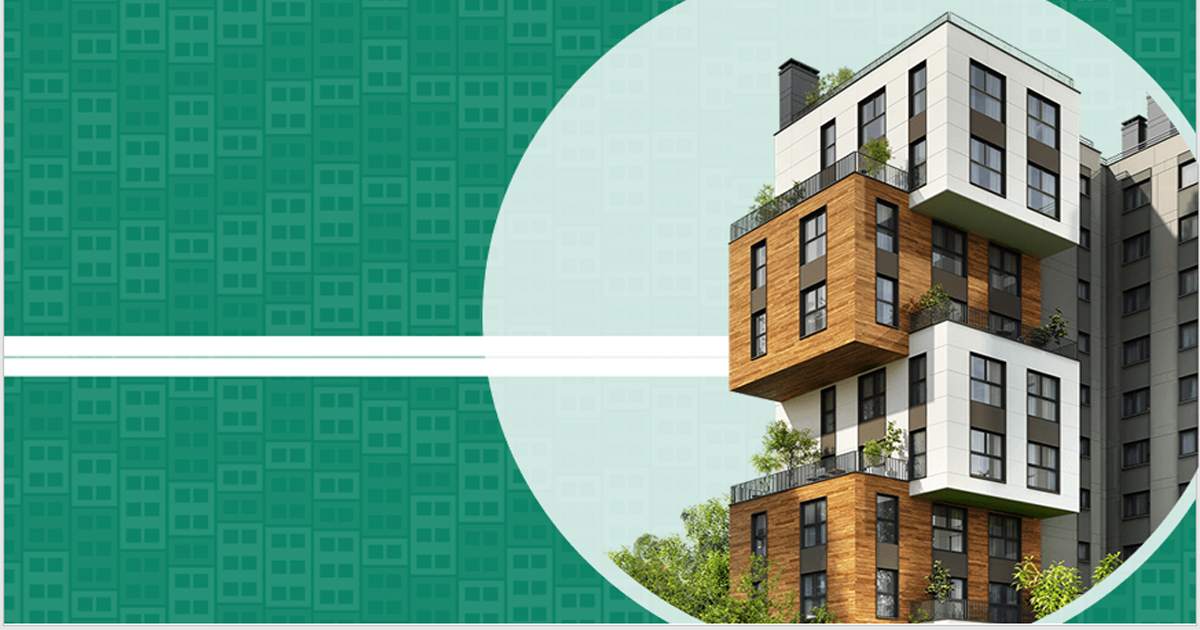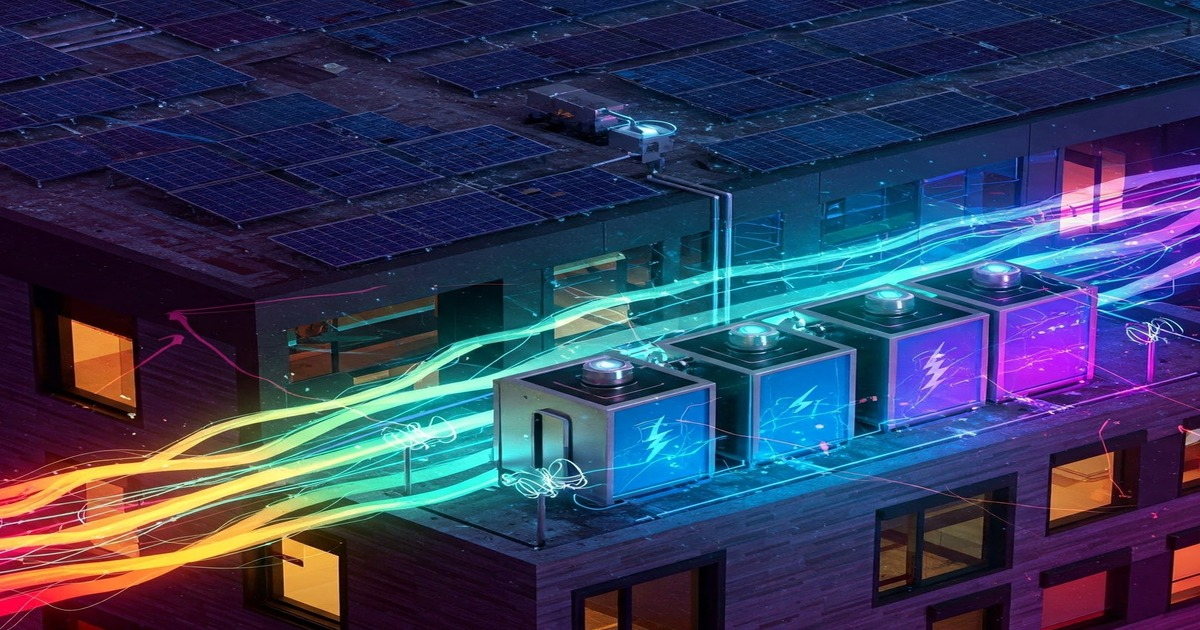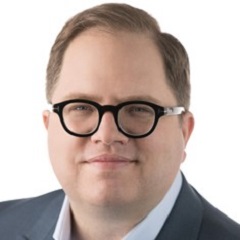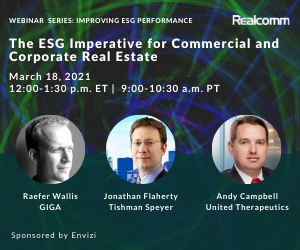The MultiGreen Way 1.0: Attainable, Sustainable, Tech-Enabled Multifamily Housing

Prior to the COVID-19 global health pandemic, there was another crisis: attainable workforce housing. The headlines were omnipresent, and the facts and figures continue to be staggering. Almost all of society’s problems can be traced from or directly linked to - inadequate housing - the greatest disruption to the family unit. The United Nations identified 17 Sustainable Development Goals for the world to achieve by 2030. MultiGreen, a real estate development and operating company specializing in ground-up construction of attainable, sustainable and tech-enabled multifamily housing aspires to include 13 of the 17 SDGs into each of their multifamily communities.
MultiGreen publicly launched with an announcement from Davos, Switzerland, on January 20, 2020, at the 50th Annual World Economic Forum. It is not a fund nor a startup but a spinout. The company was co-founded by Green Mesa Capital, a single-family office with a 30+ year real estate operating and investment track record, and i(x) investments, a multi-strategy impact investing firm co-founded by Howard W. Buffett and Trevor Neilson with global family offices as shareholders. In the first twelve months of operation, the company funded four transactions totaling $248 million of construction volume, which will yield 1,106 multifamily homes.
Beginning with the BIM in mind, MultiGreen aspires to construct 40,000 multifamily Workforce Plus™ units by 2030. What is a Workforce Plus™ unit? It is an attainable, sustainable, and tech-enabled unit, constructed with materials that will provide digital amenities and a living standard that is possible today and future-proofed for tomorrow in what is being called The Fourth Industrial Revolution. Yes, technology and capital are requisite, and it is time they are reimagined. Imagine building attainable green living that connects neighbors and impacts investors.
To construct 38,894 more units by 2030, it will require smart capital, vertical integration that self-performs cost prohibitive divisions of labor, and technological innovation. The Ellen MacArthur Foundation is helping with research and industry initiatives around the circular economy. Here are just some of the reasons why it matters to us: (a) according to the Construction Institute, as much as 30 percent of all waste at a landfill comes from construction materials (b) also according to the Construction Institute, as much as 30 percent of all labor is inefficient or wasted at a job site and (c) MultiGreen is conscientious about our industry and our greenhouse gas problem: construction and operations of buildings are responsible for 39% of energy-related carbon dioxide (CO2). The key statistic for us: studies show that the first cost (construction cost) of an average building in the U.S. today is only 27 percent of the total life cycle cost. That means that 73 percent of facility costs take place after it is built. Can we address the construction inefficiencies, climate and ongoing facility costs the same time? Yes, we elected to begin and end with BIM and the digital twin in mind.
Beginning with the end in mind and an ‘Owners First’ mentality has allowed us to take a longer view of 10 or more years. A longer view allows us to invest in our technology and digital infrastructure so that our efficiencies can positively compound over time. In our first year of operation, we have seen dramatic time savings and reduction in financing costs.
Technology Enabled
Building Information Modeling (BIM) and Owner Program Requirements (OPRs) allow us to deliver on the value proposition of sustainable, attainable, and tech-enabled multifamily housing. From pre-construction to facility management, to reporting and investor relations, our technology stack is completely interoperable. The better our pre-design and BIM model, the better our construction, production, pre-fabrication, and manufacturing will become.
Building-as-a-Service (BaaS) automation, which includes smart home technologies, enhanced digital amenities and resident living experience. Stakeholders will benefit from our proprietary technology solution. It is a data-rich single pane of glass. This is “The MultiGreen Way."
The company engaged RealFoundations to help the organization establish a scalable operating model and robust technology platform to support its aggressive business goals and anticipated rapid growth. They are providing ongoing managed accounting services, allowing the firm to concentrate on its core business and easily scale up accounting operations as the portfolio grows.
Yardi Voyager, a preeminent cloud-based accounting and property management platform for the real estate industry, was selected as a primary technology solution. Leveraging the Voyager platform, features and functionality are added as developed properties move into operations, or when the company offers different or more complicated investment products to the marketplace.
The Fourth Industry Revolution and the MultiGreen Digital Twin
We agree with the World Economic Forum founder Klaus Schwab who stated that The Fourth Industrial Revolution is upon us and the digitization of everything is happening now. For us, our participation and advancement in this industry will be accelerated by the use of our detailed REVIT models, known as Building Information Modeling (BIM), and the bi-product of the federated BIM model which is the Digital Twin. With mature technology from Microsoft Azure Digital Twin and Autodesk Construction Cloud with Tandem and a lot of in-house software programing, this once lofty idea is now a "MultiGreen Way" 1.0 standard operation procedure.
Here are a few key tenets of the "MultiGreen Way":
- Attainable Living – is our approach to solving the high quality “workforce” and “entry-level” rental housing demand. Each city provides unique local and regulatory challenges. In general, the targeted consumer group earns at least 80% of Area Medium Income (AMI) with targeted rents below that of similar Class A properties. It provides a market-based solution, not dependent on government subsidies.
- Sustainable – means projects will be built to a minimum of LEED or Green Globes standards, with GRESB benchmarking and other proprietary benchmarking tools. It analyzes the capital efficiency of sustainable technologies to understand the total cost of ownership.
- Costs – include any direct and indirect expense that affects the total cost of ownership during the life of the property. As value investors, we deploy capital into projects where we can construct communities at a discount to current market values. The company selects vendors and sub-contractors that utilize modern construction methodologies that add to the cost efficiency of capital required.
- Duration – time to project completion is the single most expensive variable in new ground-up construction. Our building designs help solve for the industry’s sense of urgency. It uses lean philosophy and other PropTech applications to decrease construction waste and increase scheduling efficiencies.
- Standardized – It standardizes three multifamily building typologies: (i) Garden Style Type V Construction; (ii) Podium Style Type IV Construction; and (iii) Mid- to High-Rise Style Type I Construction.
- Systemized – It provides proprietary multifamily Owner Program Requirements (OPRs) for each stage of the pre-development, construction, and facility management process.
Watch the recent Realcomm Live featuring Randy Norton of MultiGreen and David Stanford of RealFoundations discussing the attainable, sustainable and tech-enabled multifamily housing project.
This Week’s Sponsor
Corning Optical Communications delivers connectivity to every edge of the network, with optical fiber, cable, hardware & equipment to fully optimize solutions for high-speed communications networks. For the enterprise, a future-ready fiber network can enable the ability to converge multiple technologies over a single, simplified infrastructure, helping to deliver high-demand building applications like Wi-Fi, security and Corning’s in-building cellular solutions.
Read Next
 5/8/2025
5/8/2025
The AI-Powered Workplace Evolution: Redefining the Business Landscape In today's rapidly evolving business environment, the fusion of Artificial Intelligence (AI) and Workplace Management is revolutionizing the way organizations approach workspace optimization and operational efficiency.
 3/27/2025
3/27/2025
The Convergence of Edge Computing, Cloud, and AI in Building Automation and Smart Buildings In the built environment, we have seen the convergence of Operational Technology (OT) and Information Technology (IT), later expanding to include Workplace Technologies (WP).
 3/27/2025
3/27/2025
DC Power: A Holistic Approach to Energy Savings in Commercial Buildings In today's energy-conscious world, businesses constantly seek ways to reduce their carbon footprint and operational costs.
 3/13/2025
3/13/2025
How to Achieve Eco-Friendly Facility Management Commercial real estate operators and facility managers are focusing on sustainable practices to minimize environmental impact, create healthier workplaces, improve productivity and lower operational costs.









%20(1)%20(1)%20(1).png)




